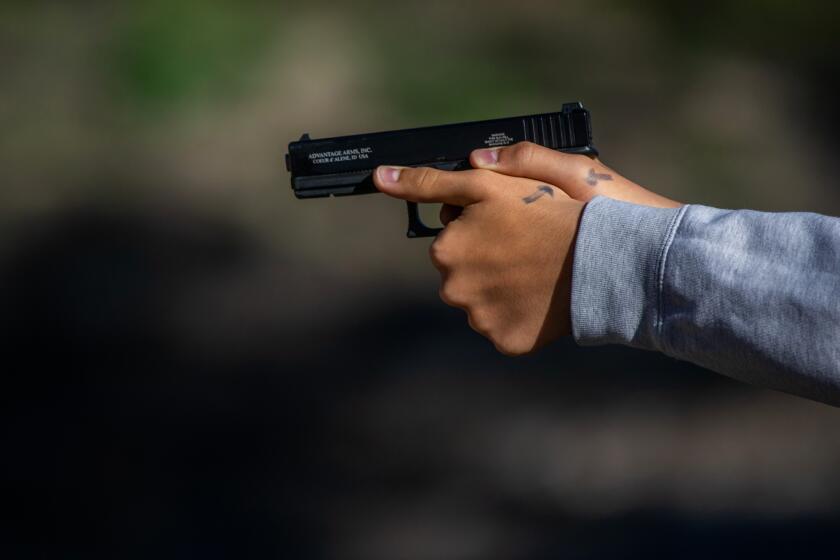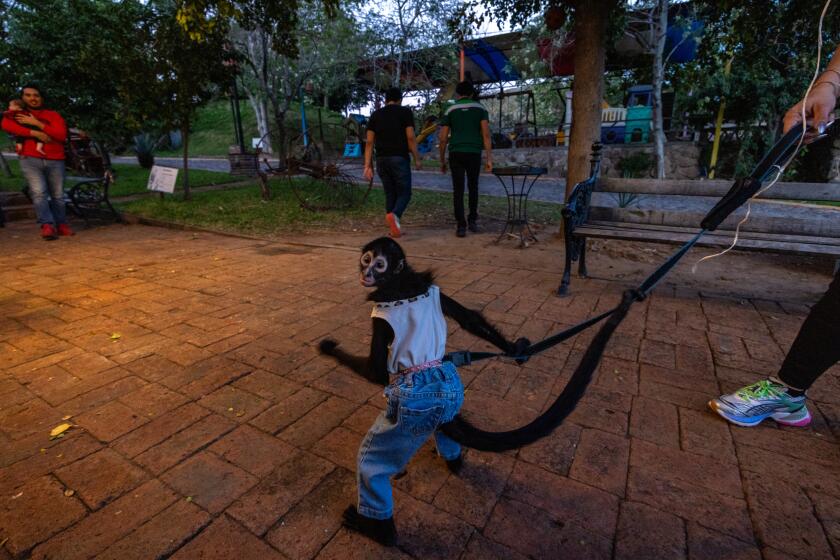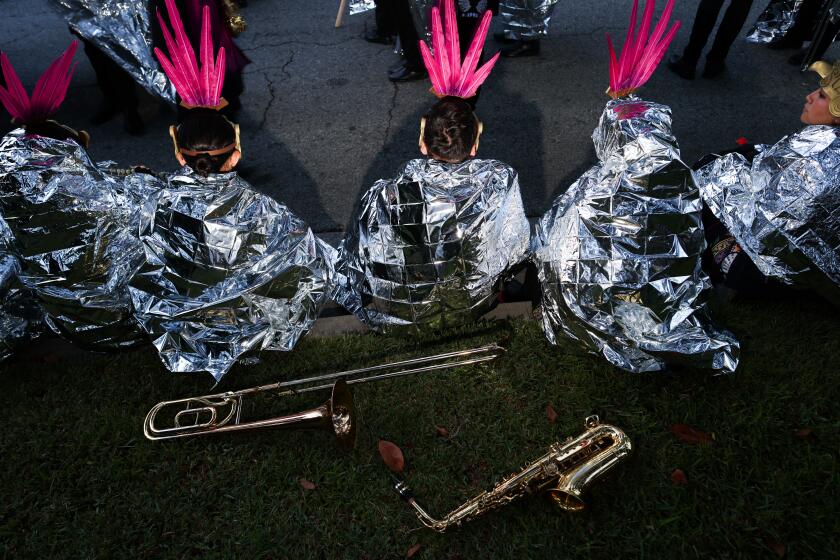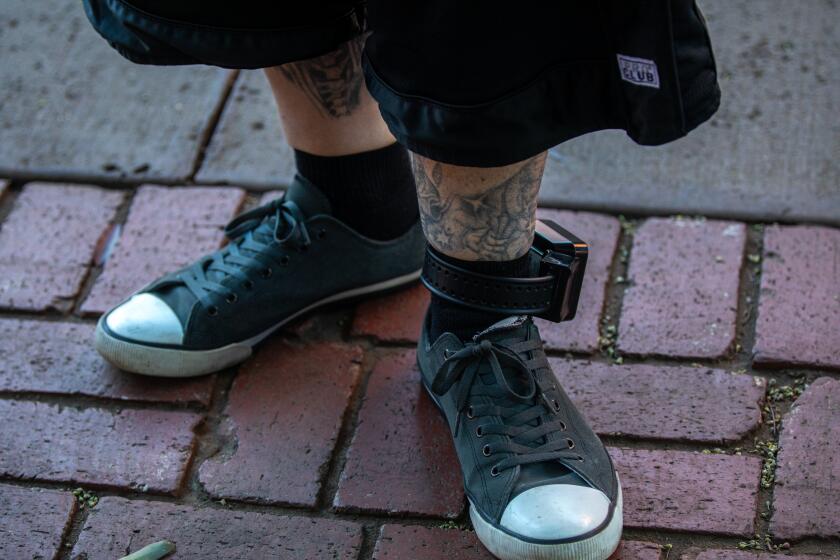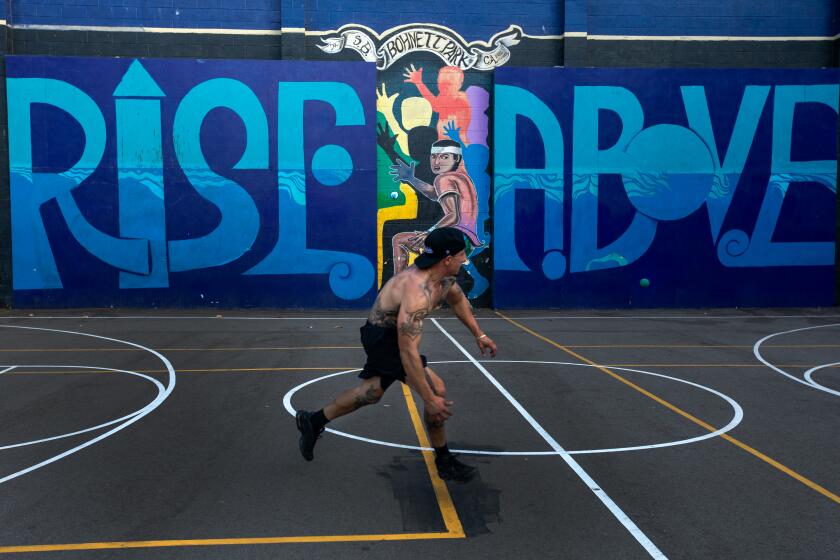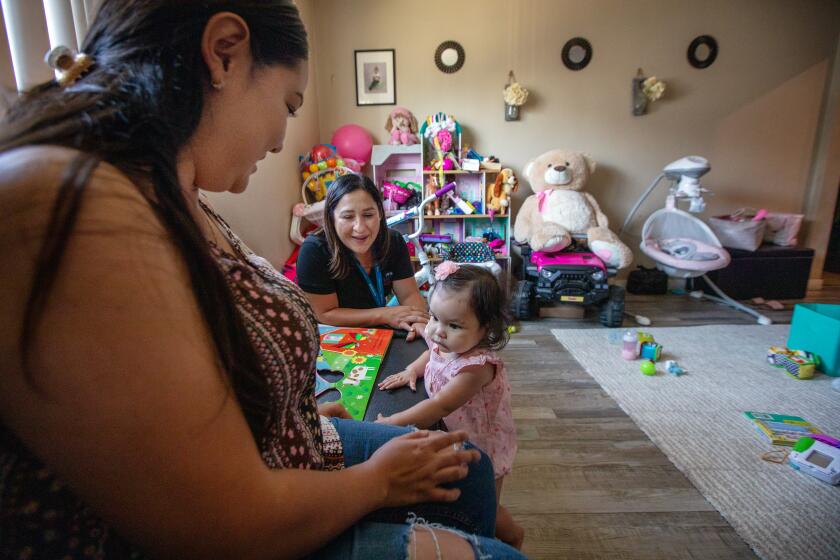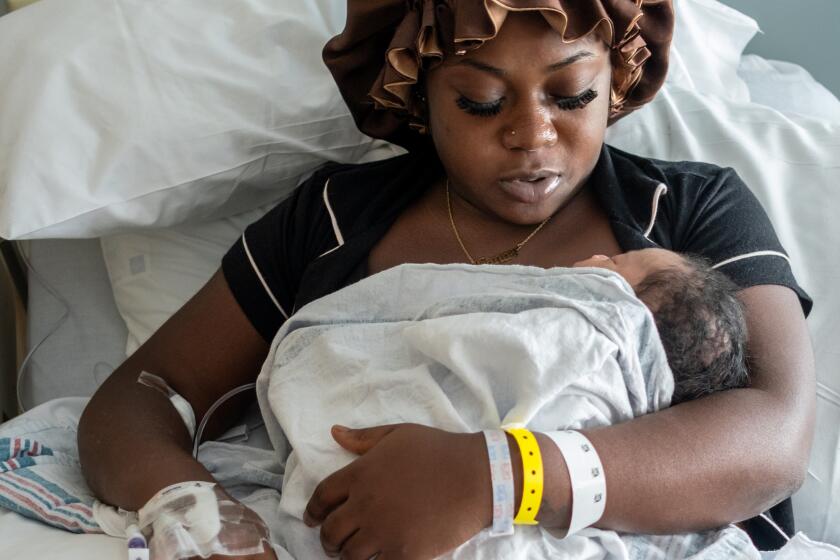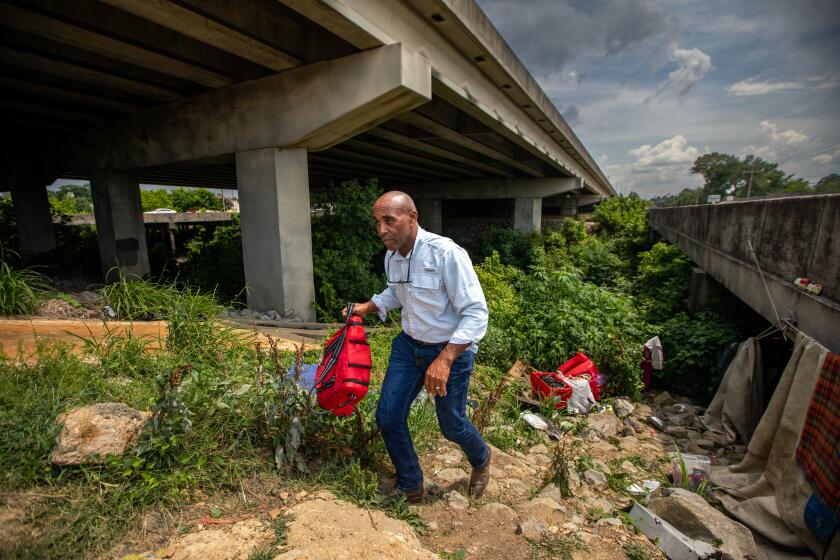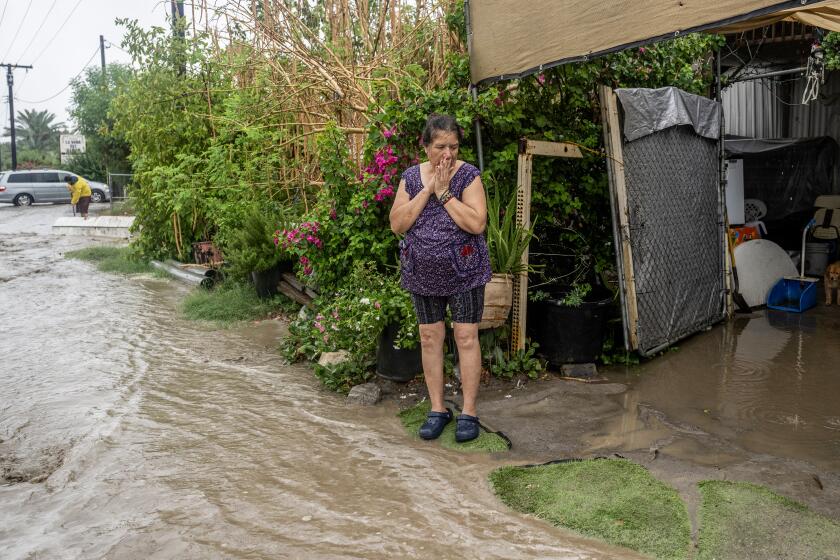Francine Orr was a staff photojournalist for the Los Angeles Times from 2000-24. She is currently a Knight fellow at the Graduate School of Visual Communication at Ohio University.
Before joining the Times, Orr was a staff photographer at the Kansas City Star. She also served as a Peace Corps volunteer in Yap, Federated States of Micronesia. While there, she learned how to be a quiet observer and gained a love for stories.
Orr was raised in Colorado and earned bachelor’s degrees in both history and art from the University of Saint Mary. She has focused on public health and poverty issues in Africa, India and the United States. In Los Angeles, she concentrated on the growing homeless crisis. Focusing on the impact of the coronavirus, she reported inside 14 hospitals throughout the pandemic.
In 2022, Orr received the coveted Dart Award for Excellence in Coverage of Trauma and the National Headliner Award. She also won the 2020 Meyer “Mike” Berger for an outstanding example of in-depth, human interest reporting from Columbia Journalism School and was a Pulitzer Prize finalist in feature photography in 2012. Other awards include the Casey Medal for Meritorious Journalism, honors from Investigative Reporters and Editors, the Center for Public Integrity’s Daniel Pearl Award, Sigma Delta Chi Award for Public Service, Harry Chapin Award, Sidney Hillman Award as well as honors from Pictures of the Year International, the National Press Photographers Assn. and the Los Angeles Press Club.
Latest From This Author
Tom Nguyen had a toxic relationship with guns most of his life. But early in the pandemic, he slowly amassed a following as a liberal-minded firearms instructor focused on helping gun-averse Angelenos learn how to handle firearms properly, without having to engage the gun culture they abhor.
In Sinaloa, Mexico, home to one of the world’s most powerful drug cartels and famed for ostentatious displays of wealth, people clamor for exotic animals.
Photos of parade-goers braving the cold, bundled up to watch the 135th annual Tournament of Roses parade.
California plans to remake San Quentin as a new kind of prison, modeled after Scandinavian ideals that value rehabilitation over punishment. An L.A. re-entry facility has already made the change.
A Times investigation has found that many of the AIDS Healthcare Foundation’s more than 1,300 residents live in squalid conditions, with dozens under the threat of eviction.
A historian in Santa Barbara conducts tours to show that Latinos, who make up more than a third of the city’s population, are central to its existence.
California’s tobacco tax funds resources for young kids. But with sales declining and a flavored tobacco ban in place, First 5’s child programs are at risk.
MLK Community Hospital employs midwives to try to improve births for Black women, a practice that hospital officials fear could be difficult to sustain.
The public tends to blame homelessness on poverty, drug use, crime or even warm weather. But other cities don’t have L.A. levels of street homelessness because they have more available housing.
After days of urgent warnings, Tropical Storm Hilary made landfall in Baja California on Sunday, turning roads into rivers and imperiling homes before barreling north toward Southern California.

